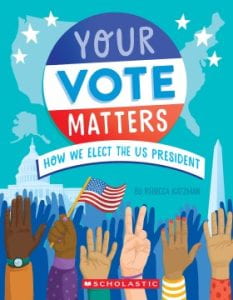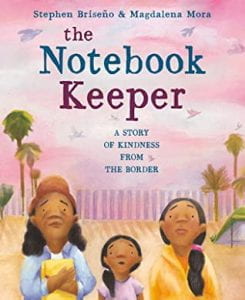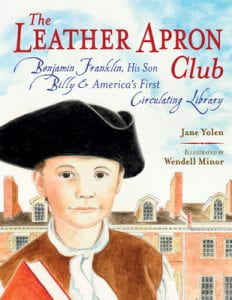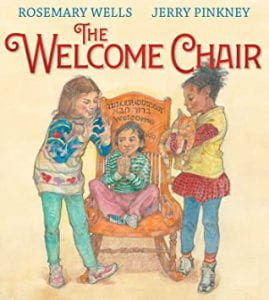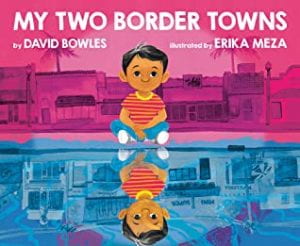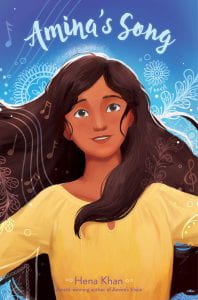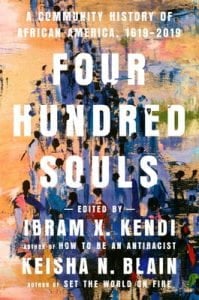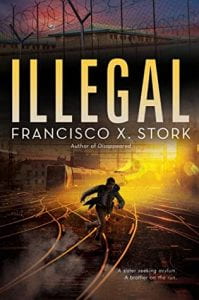 Stevenson, Robin. Queer History A to Z: 100 Years of LGBTQ+ Activism. Illustrated by Vivian Rosas. Kids Can Press, 2024. 978-1-525-30835-2. $21.99. 64 p. Grades 5-9.
Stevenson, Robin. Queer History A to Z: 100 Years of LGBTQ+ Activism. Illustrated by Vivian Rosas. Kids Can Press, 2024. 978-1-525-30835-2. $21.99. 64 p. Grades 5-9.
In one or two page spreads complemented by brightly-colored graphics, this alphabet book highlights major events, groups, changes, and people connected with the LGBTQ+ movement over the past two centuries. Clear, concise language summarizes the ups (i.e., National March on Washington for Gay and Lesbian Rights) and downs (i.e., Censorship), as well as defining essential terms and symbols of the movement, such as, pride, flag, and indigiqueer. Though the title contains history, the information is not linear because of alphabetizing the facts. Young readers will be introduced to well-known figures, like Bayard Rustin, but also lesser known, like Ernestine Eckstein, an African American lesbian who took a leading role in the Daughters of Bilitis. Beginning pages present the meaning of activism and ending pages give brief biographies of prominent activists, a glossary of terms, suggested readings and websites, and index. Kids Can Press is Canadian; therefore, the book includes Canadians involved in the LGBTQ+ movement and an explanation of the We Demand. . .document that led to the Equality for All report in Canada in 1985. This book is an easy to understand primer on important issues all of us should know.
THOUGHTS: For collections with a need for LGBTQ+ material, this title is a welcome addition. It’s bright, clear illustrations and simple text provide a simple introduction to LGBTQ+ movement and figures.
306.76 Sexual orientation, transgenderism, intersexuality
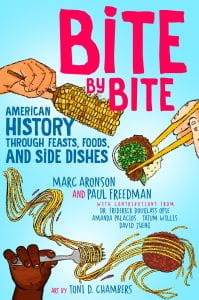 Aronson, Marc, and Paul Freedman. Bite By Bite: American History through Feasts, Foods, and Side Dishes. Illustrated by Toni D. Chambers. Atheneum Books for Young Readers, 2024. 978-1-665-93550-0. 164 p. $17.99. Grades 5-12.
Aronson, Marc, and Paul Freedman. Bite By Bite: American History through Feasts, Foods, and Side Dishes. Illustrated by Toni D. Chambers. Atheneum Books for Young Readers, 2024. 978-1-665-93550-0. 164 p. $17.99. Grades 5-12.

